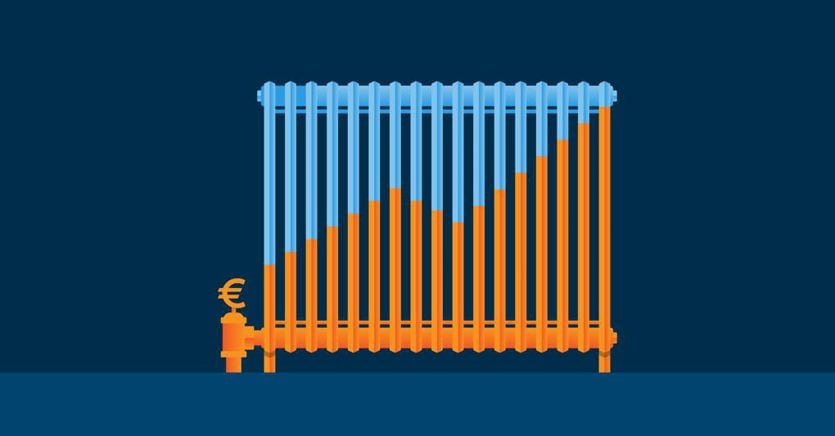The Italian plan arrives to limit the effects of expensive energy. Il Mite has in fact published the Regulation to «immediately realize useful savings at a European level to prepare for any interruptions in gas supplies from Russia». Among the measures envisaged a reduction of 1 degree for the heating of buildings, from 17 with plus or minus 2 degrees of tolerance for buildings used for industrial, artisanal and similar activities, from 19 with plus or minus 2 degrees of tolerance for all other buildings. Furthermore, “the operating limits of thermal plants are reduced by 15 days as regards the ignition period (postponing the start date by 8 days and bringing the end date of the year forward by 7 days) and by 1 hour as regards the daily duration of ignition ». The document does not envisage the hypothesis of reducing heating in hospitals and shelters, or rather the “sensitive users”.
“To reduce the risks associated with a potential total interruption of flows from Russia during the coming winter and to respond to European requests in terms of reducing consumption for the period 2022-2023 – the Plan reads -, it is appropriate to implement measures immediately to contain national gas consumption. These measures integrate the diversification plan already implemented by the Government and serve temporarily to maintain adequate safety standards and preserve the available reserves, while waiting for the new gas import channels (including LNG) to be fully operational ».
With measures containing savings of 5.3 billion cubic meters
The estimates of the impact of all the containment measures indicated by the Regulation “lead to a potential of approximately 5.3 billion cubic meters of gas, considering the maximization of electricity production from fuels other than gas (approximately 2.1 billion of gas cubic meters) and the savings associated with the containment of heating (approximately 3.2 billion cubic meters of gas) ». To which, explains the Mite, are added the behavioral measures to be promoted through user awareness campaigns for the purpose of a more virtuous behavior in consumption.
Behavioral measures (at no cost)
The objective in this case is to promote conscious and intelligent behavior in the consumption of gas and electricity, which affect not only the containment of gas demand and the same costs in the users’ bills but also on decarbonisation policies. Among the behaviors to be promoted are those of reducing the temperature and duration of showers, the use also for winter heating of electric heat pumps used for summer air conditioning, lowering the fire after boiling and reducing the turning on the oven, using the dishwasher and washing machine at full load, disconnecting the power plug of the washing machine when not in use, turning off or inserting the low consumption function of the refrigerator when on vacation, do not leave it on standby TV, decoder, DVD, reduction of the hours of lighting of the bulbs. From these zero-cost measures it is possible to have savings, according to Enea estimates, of up to 2.7 Smc (measures for cooling are not considered, as they do not refer to the reduction period).
Ad hoc measures for the Public Administration
Furthermore, ad hoc measures for the public administration may also be implemented. The plan provides for monitoring of public buildings, condominium systems, commercial premises, points with higher consumption, through the detection of daily consumption data at the level of city gas distribution networks to evaluate the voluntary response of users, using hourly data withdrawal points at the connection points between the city distribution networks and the redelivery points of the SNAM transport network, which are constantly monitored.
